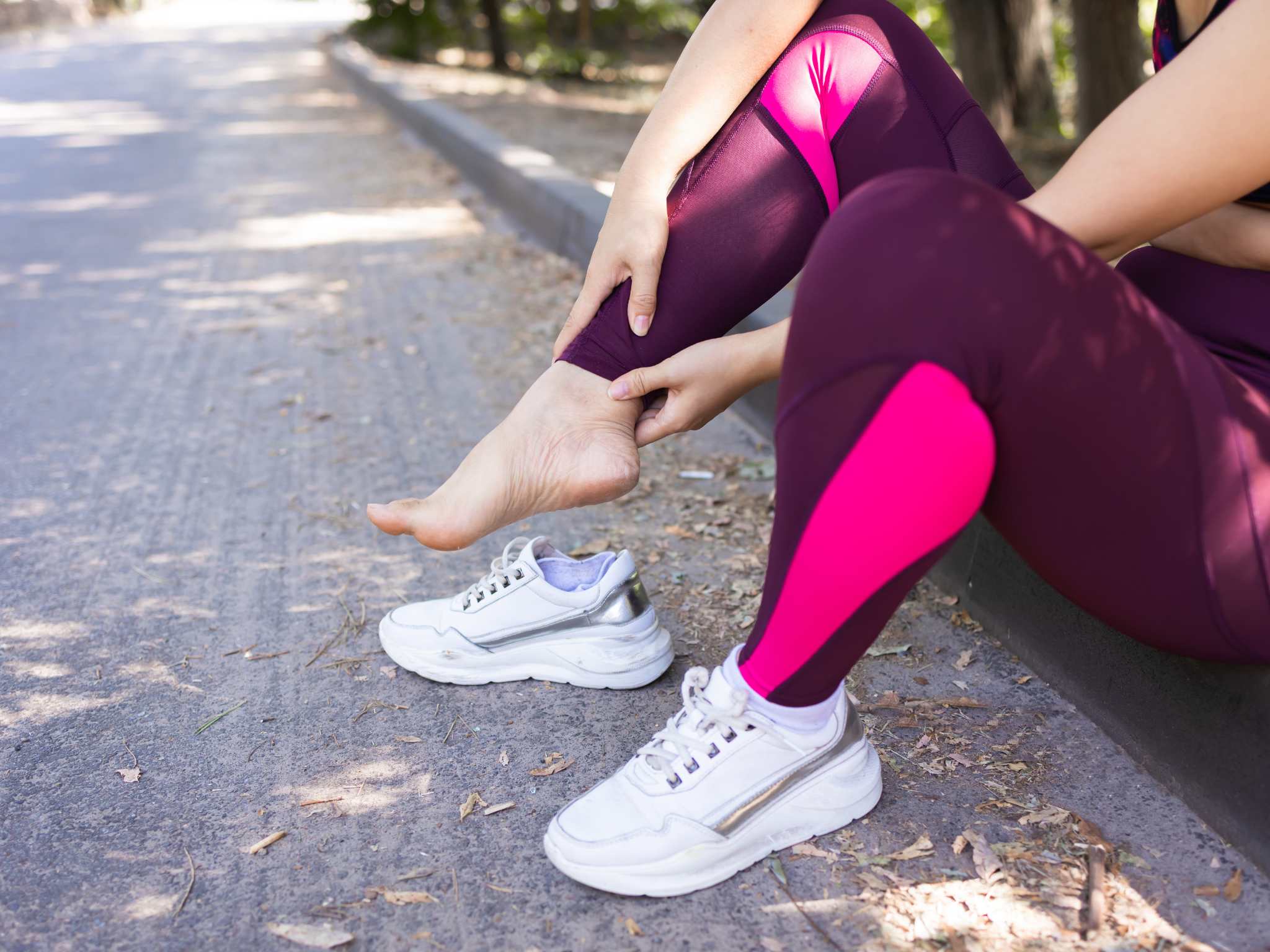What are the Best Ways to Treat Achilles Tendinitis?
Achilles tendinitis, a prevalent condition affecting the Achilles tendon, is a common challenge for individuals engaged in various physical activities. At Burlington County Foot and Ankle Associates, we understand the frustration that Achilles Tendinitis can cause, and we are happy and eager to help you get back to the life you love. This blog aims to delve into the intricacies of Achilles tendinitis, exploring its symptoms, causes, and the most effective treatment options. Additionally, we’ll discuss preventive measures and management strategies, with a focus on the specialized field of sports medicine, to empower individuals dealing with this ailment.
What is Achilles Tendinitis?
The Achilles tendon, the body’s largest tendon, connects the calf muscles to the heel bone. Achilles tendinitis occurs when this tendon becomes inflamed due to overuse, improper footwear, or inadequate warm-up routines, leading to pain, swelling, and restricted movement.
Symptoms of Achilles Tendinitis
Identification of Achilles tendinitis is crucial for timely intervention. Common symptoms include persistent pain along the back of the leg, particularly near the heel, accompanied by swelling and stiffness, especially after periods of inactivity or upon waking. As the condition progresses, individuals may notice a thickening of the tendon and difficulty flexing the foot.
How does it Develop?
Achilles tendinitis can manifest itself through a myriad of factors. Overuse, sudden increases in physical activity, biomechanical issues, or inappropriate footwear are common contributors to its development. Understanding these factors is essential for effective treatment and prevention strategies, especially when considering the specialized expertise of sports medicine professionals.
Best Ways to Treat Achilles Tendinitis
Rest
Fundamental to the recovery process is adequate rest. This involves a temporary reduction or modification of exercise routines and activities that may exacerbate the pain, allowing the tendon the time it needs to heal.
Anti-Inflammatory Medication
Nonsteroidal anti-inflammatory drugs (NSAIDs), like ibuprofen, can aid in pain relief and inflammation reduction. However, it’s imperative to consult with our experienced podiatrist, particularly those specializing in sports medicine, before prolonged use, as NSAIDs may have potential side effects.
Exercises to Strengthen Calf Muscles
Targeting the muscles surrounding the Achilles tendon through specific exercises can significantly contribute to recovery. Calf raises, eccentric heel drops, and toe taps are examples of exercises that can enhance strength and flexibility. It’s crucial to introduce these exercises gradually and under the guidance of Dr. DePalma.
Physical Therapy
Seeking professional guidance from a sports medicine-focused physical therapist offers a personalized approach to Achilles tendinitis treatment. Physical therapy may involve a combination of stretching, strengthening exercises, and manual techniques to promote healing and prevent recurrence.
How to Prevent Future Injuries
Proper Warm-up Routine
A thorough warm-up is a vital component of injury prevention. Dynamic stretching and light exercises prepare the muscles and tendons for increased activity, reducing the risk of strain and injury.
Wear Proper Footwear
Selecting appropriate footwear is critical to preventing Achilles tendinitis. Shoes with proper arch support and cushioning can reduce stress on the tendon and provide optimal shock absorption during activities, a key consideration in sports medicine.
Modify or Stop Activities
Identifying and discontinuing activities that contribute to Achilles tendinitis is key to prevention. High-impact sports and activities that place excessive strain on the Achilles tendon should be approached with caution, emphasizing the need for expert advice from Dr. DePalma.
Managing an Achilles Tendon Injury
Choose Alternative Ways to Be Active
For individuals with Achilles tendinitis, exploring alternative, lower-impact forms of exercise is paramount. Activities such as swimming, cycling, and elliptical training provide avenues to stay active while minimizing stress on the injured tendon, aligned with sports medicine principles.
Try Low-Impact Activities
Incorporating low-impact activities like yoga or Pilates into your routine can help maintain physical activity levels without exacerbating an injury. These activities promote flexibility and strength with minimal strain on the Achilles tendon, a strategy often recommended by sports medicine experts.
Effectively navigating Achilles tendinitis involves a holistic approach encompassing rest, targeted exercises, and preventative measures. By combining these strategies with professional guidance from our seasoned team, particularly those with expertise in sports medicine, and physical therapists, individuals can embark on a comprehensive journey toward recovery and minimize the risk of future injuries. Achilles tendinitis, though challenging, can be successfully managed with a proactive and informed approach to one’s well-being.
Achilles tendinitis is a condition that requires careful attention and proactive measures. Whether you’re currently dealing with this ailment or looking to prevent its onset, understanding the symptoms, causes, and effective treatment options is crucial. Remember, the key lies in a comprehensive approach, combining rest, exercise, and preventive measures to ensure a healthy and active lifestyle.
Combine proactive measures with the expertise of Dr. John DePalma and our seasoned sports medicine team. Whether you’re currently navigating Achilles tendinitis or striving to prevent its onset, a comprehensive approach ensures a healthy and active lifestyle. Take control of your well-being – schedule a consultation with Dr. DePalma today! 🌟
© Burlington County Foot & Ankle, Assoc., Inc. All Rights Reserved.
Privacy Policy | Terms & Conditions
Web Design by CP Solutions.
Marketed by VMD Services.


